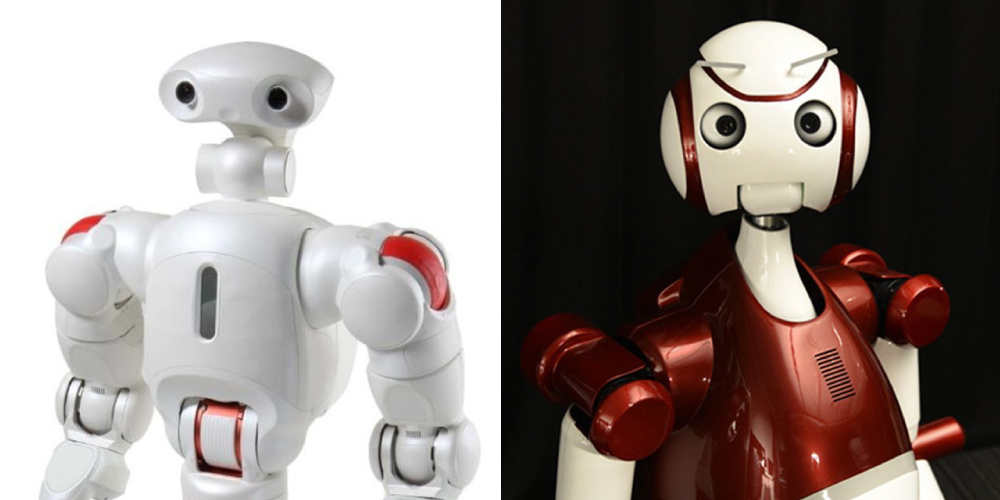About
Introduction of the Frontier of Embodiment Informatics: ICT and Robotics, SGU (Super Global University)
Today’s automobiles, aircrafts, robots, home electric applications, and other precision machines integrate technology from mechanical engineering, computer science, and communications. By linking these systems with humans, a new intelligent society is emerging. The Internet of Things (IoT), which is currently in vogue, is part of this trend. Hence, engineering-related departments in universities must nurture talent capable of promoting innovation useful for building this society. However, the rapid extension of fields in recent years has increased the burden on students and narrowed their opportunities to acquire interdisciplinary knowledge and experience. Additionally, as companies favor development plans that are clearly oriented toward practical use, conducting research while carefully adhering to the long-term vision that should be shared by universities has become more difficult. Under such a context, the educational system at the graduate school level should help train human resources with a wider vision while emphasizing internationalization, interdisciplinarization, and the promotion of an adventurous spirit oriented toward exploring new research fields.

Professor
Tetsuya OGATA,
Leader
In 2013, a team composed of specialists in mechanics and informatics at Waseda University launched the “Graduate Program for Embodiment Informatics”, which was adopted as a Program for Leading Graduate Schools hosted by the Ministry of Education, Culture, Sports, Science and Technology of Japan. This is an integrated five-year graduate program that targets three fields: embodiment mechanism, computer science, and networking technology. It strives to train students competent in the development history and technical relationship of these fields as well as provide the fundamentals to propose innovations via new manufacturing methods that combine such fields. In our program, students who have graduated from different faculties and departments all gather at the Workshop to share knowledge, inspire each other, and study abroad. Participants are evaluated annually through a qualifying examination.
Frontier of Embodiment Informatics: ICT and Robotics of the SGU is designed on the basis of this Graduate Program for Embodiment Informatics. It promotes the introduction of a multiple research supervisor system with participation of famous foreign advisors. Additionally, it provides opportunities for students to participate in joint research with foreign professors and to study abroad at renowned research institutions. Through a synergic effect, we aim to deepen students’ motivation, foresight, and research capabilities using an education program composed of subject groups offered at the leading program.
The active cooperation at Waseda University allows us to remove barriers between laboratories, departments, and majors. In particular, the cooperation between mechanical and informatics departments reinforces Waseda’s research capabilities. To realize the Vision 150 declared by Waseda University, the Frontier of Embodiment Informatics: ICT and Robotics will lead the efforts to solidify “cooperation” as a keyword.


